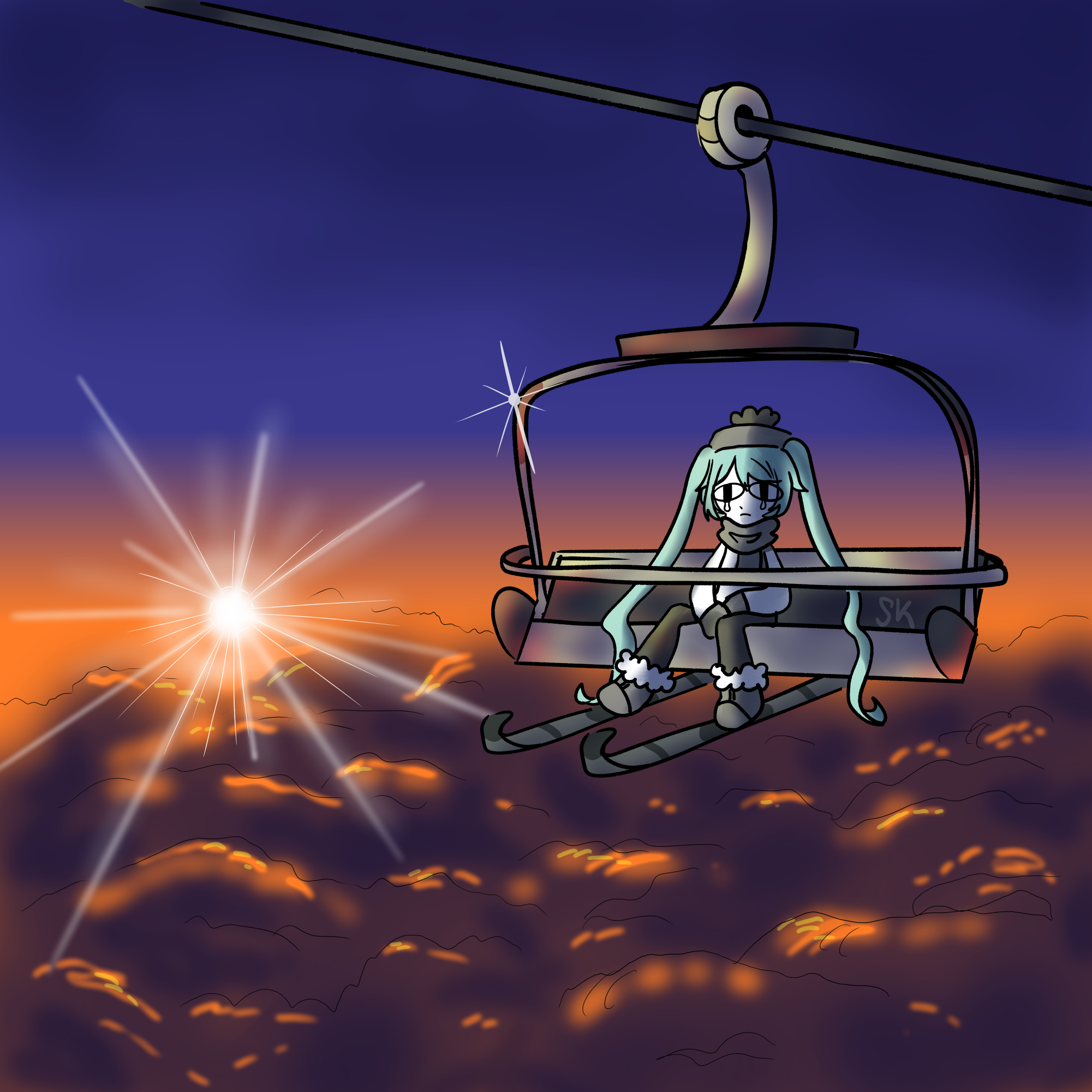Just three weeks ago, in a much warmer place than Marquette, a woman spent the night trapped on a gondola ski lift after an error made by the lift operator. In Lake Tahoe, California, the temperature dropped to 23 degrees Fahrenheit. If it had been colder or in a chairlift, it’s speculated she could have frozen to death. According to USA Today, she screamed for help until she lost her voice.
At Marquette Mountain, there are no gondola lifts to protect us from the cold, and no Californian climate to keep it at bay. With the possibility of a similar situation happening here, it’s important to know how to prevent it from becoming lethal. It’s equally important to have general safety practices in place, because the snow is back in Marquette, and it’s time to shred some serious powder.
As someone who grew up skiing in the winter, I know how easy it is to cut corners, and how tempting it is to want to explore trails you haven’t gone down before, without caution, for the rush of it all. At my school’s ski club, where students got a large discount on seasonal lift passes, we could go so often that we got comfortable being reckless.
For example, taking off coats because we got too sweaty, trying jumps nobody showed us how to do, not having ski poles because “they were annoying,” or not having our skis properly buckled on, and then having them fall off while we were on the lifts. If the lift operator hadn’t seen me and shut down the lift for the night like that woman, I definitely would have froze.
This is a guide from a now-reformed skier on how not to snap your femur, or not have to rub off your skin one frostbitten, papery purple layer at a time.
1. Don’t strip
Because of Marquette’s indecisive winter weather, it’s hard to plan how much you need to bundle for your day of skiing. If the slopes get sloshy, it’s best to just unzip your coat rather than take it off completely. You never know when the conditions might change.
It can also be tempting to ski without having your goggles on. This may seem obvious, but on sunny days, the glare produced by the light’s reflection on the snow can be blinding, and lead to accidents.
As always, it’s better to have lighter layers than to wear fewer, larger garments. There’s more versatility in variety. I recommend leggings underneath sweatpants underneath snow pants. However, only one, thick pair of socks is all you need, because ski boots are thick and difficult to get on if your feet are swollen with sedimentary layers of wool.
2. Ski according to the snow conditions
The quality of the snow is always changing, which impacts what a skier should be giving their attention to while on the slopes. Experienced skiers know how to handle different conditions, but if you’re new to skiing, it might not always be clear. Wet, heavy snow should be treated differently than icy snow and powdery snow. If it’s icy, you’ll be able to catch reflections of the past trails others have made before the snow froze over, and your ski can get caught in them, splitting you down the middle. In that case, it’s better to pay attention to your form and where you’re going.
3. Take breaks
While sticking to a strict schedule is overkill, I find it helpful to measure intervals of time skiing by how many times I’ve ridden the ski lift. It’s easy to keep track of it that way because I’m more likely to remember the people I was on the ski lift with and can count them up. Being outside in the wind for too long, especially while exercising, needs to be done with caution. It’s hard to check the time while out there, so having an alternative method can be a lifesaver. Warming up, drinking some water, taking off a layer, and eating a granola bar will improve the next few hours of skiing.
Resources
Every ski resort has its own policies and regulations to keep everything going smoothly in their operation. Paramedics have to snowmobile up the mountain to tend to injuries multiple times a day, and while some of them aren’t preventable, a lot of the injuries could have been had the skier had proper knowledge beforehand. Some resources to learn more about how to stay safe include Marquette Mountain’s Ski Safety Guide and the National Ski Areas Association Safety Page.





